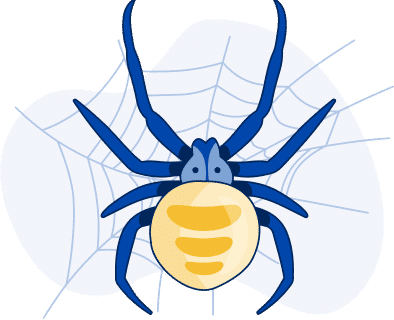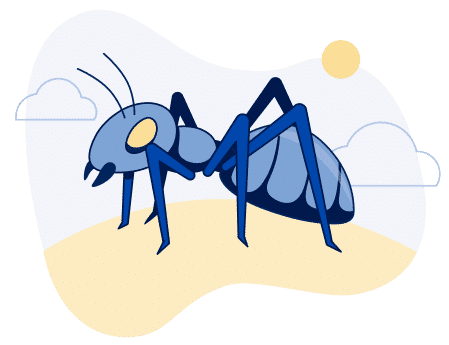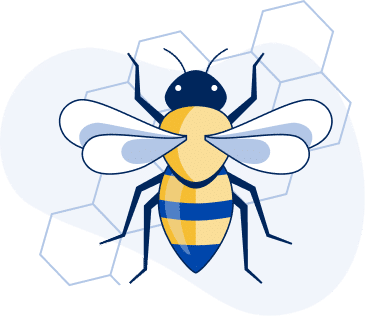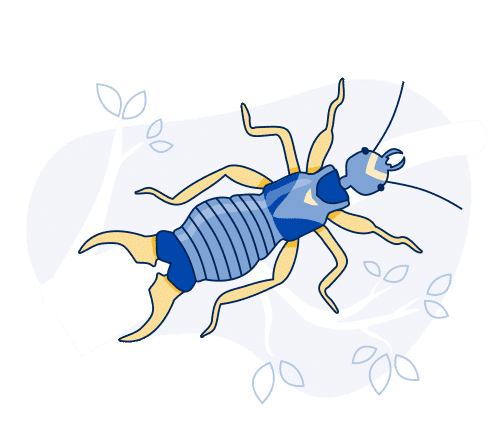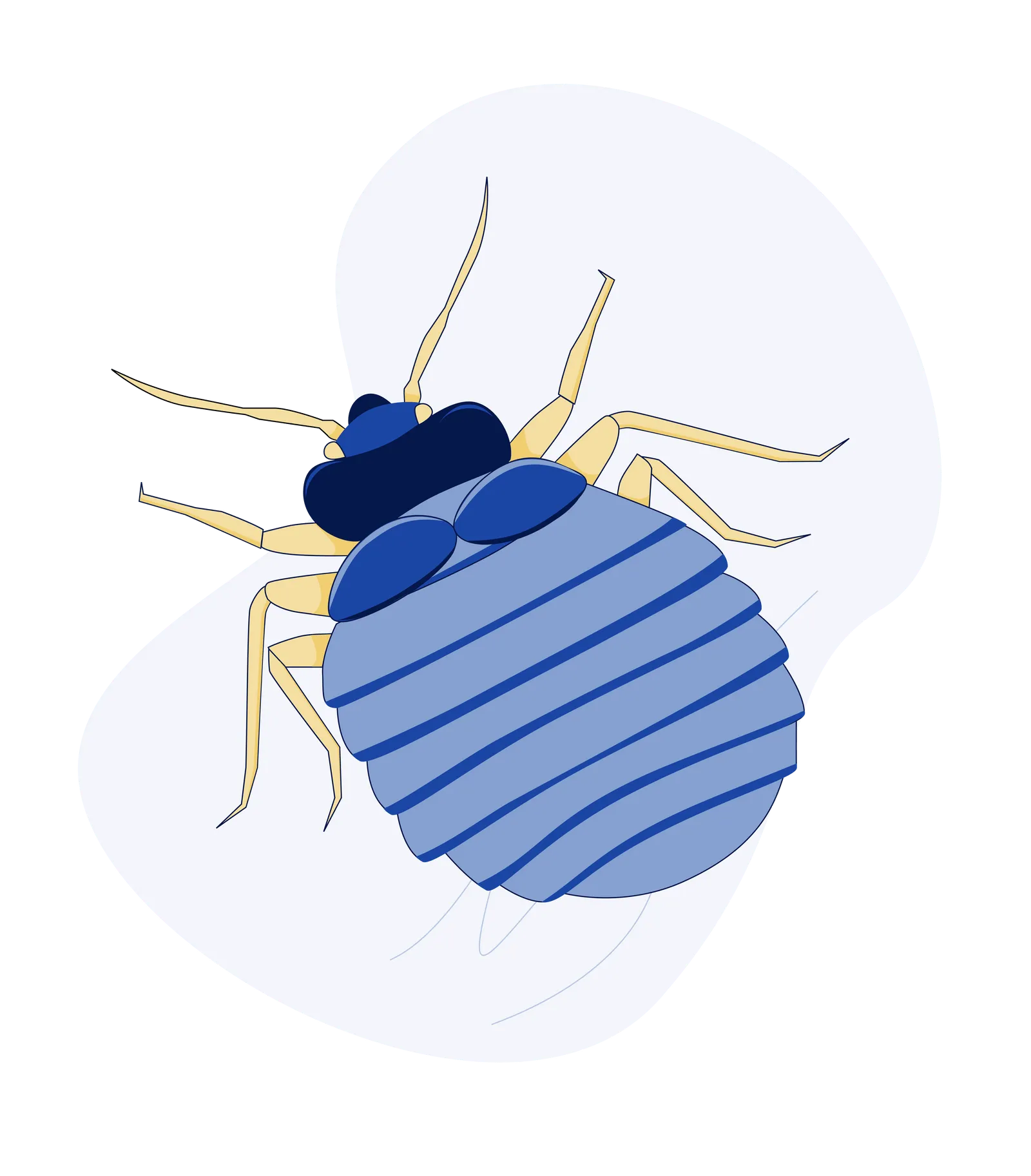How to Identify and Manage "Flying" Spiders in Provo Homes?
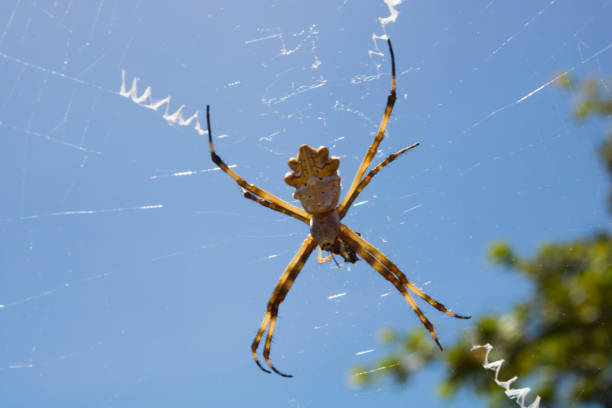
If you’ve noticed small creatures seemingly gliding or floating around your Provo home, you might be concerned about the presence of “flying spiders.” Recent reports may have caused alarm, but it’s important to understand what you’re actually seeing. This article will help you identify these unusual sightings, explain what these spiders are, and provide expert advice on keeping your home free of spiders.
What Are "Flying" Spiders?
The term “flying spiders” might sound alarming, but it’s important to clarify that spiders cannot fly. However, some spiders engage in a behavior known as ballooning, where they release silk strands that catch the wind, allowing them to glide through the air. This behavior can create the illusion that spiders are flying, which can be startling if you’re not familiar with it.
One spider that has gained attention for its ballooning behavior is the Joro spider, a species native to East Asia. This large, colorful spider has recently spread across the southeastern United States. Known for its vibrant yellow, blue, and red markings, the Joro spider, including its legs, can grow up to 3 inches across. While it may appear to glide through the air on silk threads, giving the impression of flight, the Joro spider has not been reported in Utah. However, its rapid spread in other parts of the country raises concerns about its potential arrival in the future.
Common Types of Spiders You May Find in Provo
Several species of spiders commonly found in Provo homes may exhibit ballooning behavior:
Jumping Spiders
Known for their excellent vision and ability to leap great distances, jumping spiders might be mistaken for flying spiders when seen jumping between surfaces.
Wolf Spiders:
These ground-dwelling spiders are common in Utah and are often seen in basements or near windows. While they don’t balloon, their fast movements might startle homeowners.
House Spiders
The common house spider can sometimes be seen drifting on a silk thread, especially if disturbed.
Identifying "Flying" Spiders in Provo
If you’re noticing spiders that appear to be flying in your Provo home, you’re likely witnessing ballooning behavior. To accurately identify these “flying” spiders, consider the following:
- Observe Their Movement: If a spider appears to be suspended in the air or moving with the wind, it is likely ballooning. This behavior is common in young spiders dispersing to new areas.
- Look for Silk Threads: Floating silk threads attached to surfaces or drifting in the air are a telltale sign of ballooning spiders. This happens when spiders use the wind to travel to new locations.
- Identify the Spider Species: Certain spider species are more prone to ballooning. Jumping spiders might leap between surfaces, while house spiders and wolf spiders are more likely to balloon. The Joro spider, with its large size and distinctive coloring, is particularly noticeable if it’s engaging in this behavior.
- Consider the Season: Ballooning typically occurs in late spring and early summer when young spiders are dispersing. If you notice these behaviors during this time of year, they are likely related to natural spider activity.
Why Are You Seeing "Flying" Spiders in Provo?
Provo’s unique environment and climate can contribute to an increase in spider activity, particularly when it comes to ballooning. Factors that might be leading to these sightings include:
- Weather Conditions: Warm, breezy weather, especially after rain, creates ideal conditions for ballooning. Rising air currents help spiders travel longer distances, leading to more frequent sightings.
- Nearby Vegetation: Homes close to open fields, wooded areas, or with dense landscaping are more likely to experience ballooning spiders, as these environments provide natural habitats for various spider species.
- Open Windows and Doors: Spiders can easily enter homes through open windows or doors, especially during the warmer months when these are left open more frequently. This can lead to an increase in the number of spiders you see inside your home, including those that appear to be “flying” or gliding.
How to Manage "Flying" Spiders in Your Home
If you’re concerned about spiders in your home, especially those that seem to be floating or gliding, there are several steps you can take to manage the situation:
- Seal Entry Points: Ensure that windows, doors, and potential entry points are well-sealed. Install screens where necessary and use caulk to close up cracks and gaps that spiders could use to enter your home.
- Reduce Clutter: Spiders love dark, cluttered spaces. Keeping your home clean and organized, particularly in basements, attics, and closets, will reduce hiding spots and make your home less attractive to spiders.
- Use Natural Repellents: Consider using natural spider repellents, such as peppermint oil or vinegar, around entry points and areas where spiders are likely to be found. These can help deter spiders from entering your home.
- Professional Pest Control: If you’re dealing with a significant number of spiders or are concerned about a potential infestation, it’s best to contact a professional pest control service in Provo. Experts can thoroughly inspect, identify the species of spiders present, and recommend effective treatments tailored to your specific needs.
Conclusion
While the idea of “flying” spiders might be unsettling, understanding their behavior and characteristics can help put your mind at ease. Whether you’re dealing with ballooning spiders or concerned about the potential arrival of species like the Joro spider, staying informed and taking proactive steps can help keep your home spider-free. You can maintain a safe and comfortable living environment by correctly identifying spiders in your Provo home and managing them effectively.

